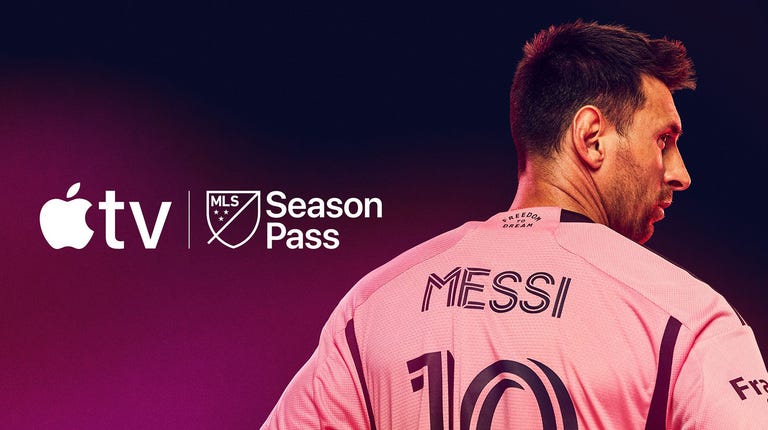Why MLS needs to give up its TV dreams
Let the people have soccer
San Diego FC’s first game in franchise history, in Los Angeles against LA Galaxy, was starting in thirty minutes. One hundred-and-twenty miles south, in downtown San Diego, I couldn’t find a place to watch it.
“What channel?” the bartender at an Irish pub asked me, after I had asked him to put the game on.
“It’s not on any channel,” I said. How was I to …
Keep reading with a 7-day free trial
Subscribe to Out in Left to keep reading this post and get 7 days of free access to the full post archives.



